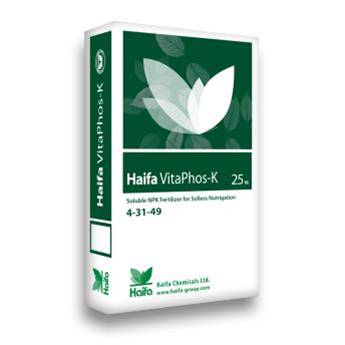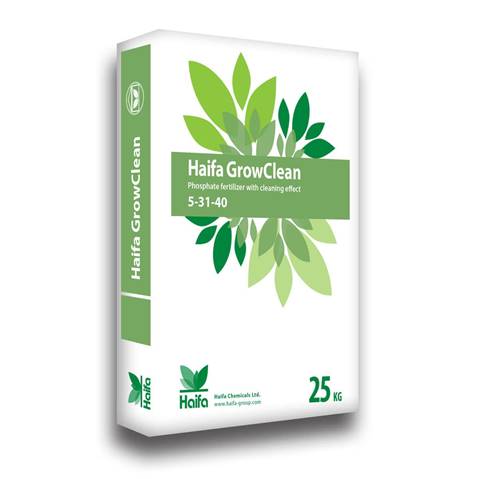Phosphorus is an essential nutrient, as a part of key plant structure compounds and as a catalysis in the conversion of numerous key biochemical reactions in plants.
Phosphorus can be found in the soil in organic compounds and also in minerals. Nevertheless, the amount of readily available phosphorus is very low compared with the total amount of phosphorus in the soil. Therefore, in many cases phosphorus fertilizers should be applied in order to meet crop requirements.
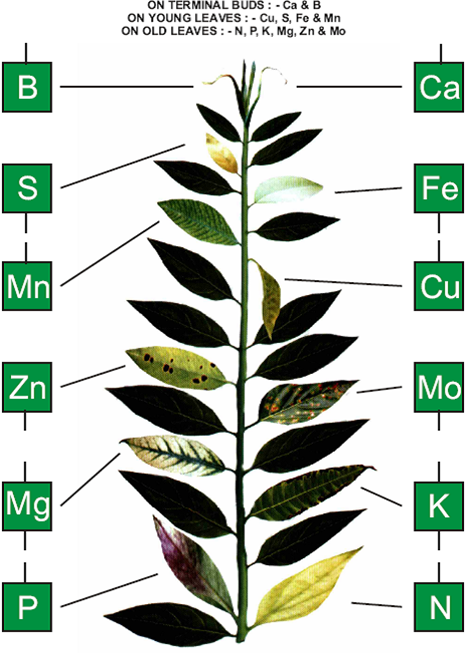
Phosphorus role in plants
- Enables photosynthesis (energy transformation)
- Builds nucleic acids, proteins and enzyme
- Facilitates root growth
- Strengthens stems and stalks
- Improves flower formation and seed production
- Promotes crop uniformity
- Contributes to earlier maturity
- Increases disease resistance
- Improves overall crop quality
(Photo:www.nutrico.co.za)
What are the symptoms of phosphorus deficiency?
- Plants generally turn dark green (both leaves and stems) and appear stunted.
- Older leaves are affected first and may acquire a purplish discoloration.
- In some cases, leaf tips will brown and die appear weak and maturity is delayed.
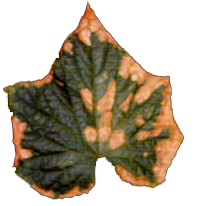
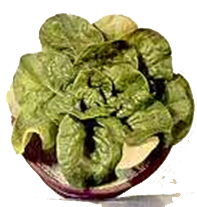

- Look for typical P deficiency in older leafs
- Typical symptom is purple colour of old leafs and stem
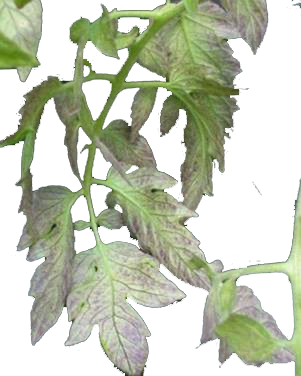 How to resolve the deficiency of phosphours in plants?
How to resolve the deficiency of phosphours in plants?
1.Check the recipe of phosphorus for each stage.
2.Look out after the root-zone temperature. The absorption of phosphorus depend on the temperature. When the temperature drops, especially if it is below 15°C, a phosphorus deficiency is more likely to occur.
Solution: Make sure your plants grow at an optimum temperature using some type of heating if would be necessary. You can bring vegetation-heating pipes closer to root-zone for cold periods. Use min-max termometer to check lowest temperature also at night.
3.Examine the pH of the root-zone – for most standard crops pH in the root-zone should be around 5,5÷7,0.
Solution: Be sure that your drip water have correct pH, you can manage it with adding acids or base. If needed you can lower root-zone pH with ammonium (0-20% N-NH4 of total N – or even more depending on crop - watch out for side effects)
4.Check the stock tank fertilizer solution – do not mix Phosphorus fertilizers with Calcium, be carefoul when mixing with Mg in the same tank.
Calcium nitrate with phosphates = formation of Ca phosphate precipitate
Ca(NO3)2 + NH4H2PO4à CaHPO4 ¯ + …..
Magnesium with di/mono ammonium phosphate = formation of Mg phosphate precipitate
Mg(NO3)2 + NH4H2PO4à MgHPO4 ¯ + …..
5. 2 mmol/l P (60 ppm). Above that phosphorus level in your recipe, the risk of precipitations with Ca, Mg, Fe increases. If you want to use higher level of P use polyphosphates.
6. Check the root zone moisture. P deficiency can by also caused by too wet root zone - give less water or extend the intervals between watering.
7. If all is checked and ok use polyphosphates – ensures availability of phosphorus in a wide range of pH and keeping the system clean.




